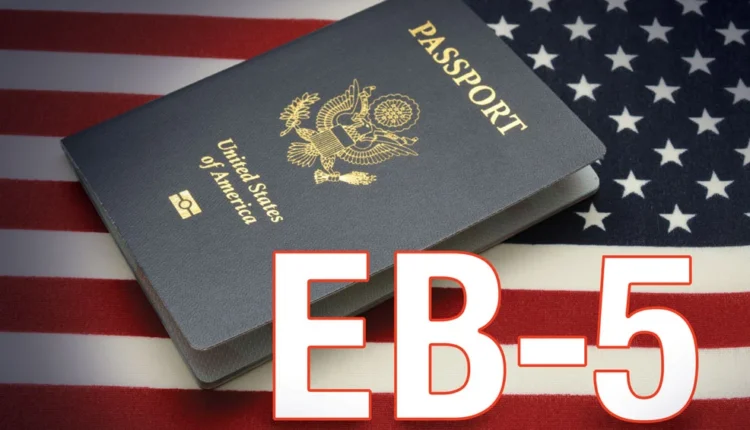EB-5 visa: All you need to know
EB-5 visa: An employment-based immigrant visa category
The EB-5 visa is an employment-based immigrant visa category in the United States that allows foreign investors to obtain a green card (permanent residency) by making a substantial investment in a qualifying U.S. business. The EB-5 program was created by the U.S. Congress in 1990 to stimulate the U.S. economy through job creation and capital investment by foreign investors.
Here are the key details about the EB-5 visa:
- Investment Requirement: To qualify for the EB-5 visa, the investor must make a minimum qualifying investment in a new commercial enterprise. The minimum investment amount depends on the location of the business:
- General Investment: The minimum investment amount is $1.8 million. This applies to most areas that are not designated as Targeted Employment Areas (TEAs).
- Targeted Employment Area (TEA) Investment: The minimum investment amount is $900,000. TEAs are either rural areas with low population or areas with high unemployment rates.
- Job Creation Requirement: The EB-5 program aims to create jobs for U.S. workers. As an investor, you must demonstrate that your investment directly or indirectly creates or preserves at least 10 full-time jobs for qualifying U.S. workers within two years of receiving the conditional green card.
- Types of Investments: The investment can be made in either a new commercial enterprise that the investor establishes or in a regional center. A regional center is a government-approved entity that promotes economic growth in a specific geographic region. Investing through a regional center offers certain advantages, as it allows investors to count both direct and indirect job creation towards the job creation requirement.
- Conditional Green Card: Initially, an EB-5 investor receives a conditional green card, which is valid for two years. To remove the conditions and obtain a permanent green card, the investor must file a petition to demonstrate that they have fulfilled the investment and job creation requirements.
- Eligibility Criteria: To be eligible for the EB-5 visa, an investor must demonstrate the following:
- The invested funds come from a lawful source, such as personal savings, inheritance, business profits, or a gift.
- The investment capital is at risk, meaning it is subject to potential gain or loss.
- The investor is actively investing in a new commercial enterprise or a regional center project.
- The investment will create or preserve at least 10 full-time jobs for qualifying U.S. workers.
- The investor has the required minimum investment amount.
- Visa Application Process: To apply for the EB-5 visa, an investor must submit a Form I-526 petition to U.S. Citizenship and Immigration Services (USCIS). If the petition is approved, the investor can either adjust their status if they are already in the U.S. on a different visa, or they can apply for an immigrant visa at a U.S. consulate abroad.
- Benefits of the EB-5 Visa: The EB-5 visa offers several advantages, including:
- Permanent Residency: Successful EB-5 investors and their immediate family members (spouse and unmarried children under 21) receive a green card, granting them permanent residency in the United States.
- No Sponsorship Required: Unlike other employment-based visas, the EB-5 visa does not require a U.S. employer to sponsor the investor.
- Education and Employment Opportunities: EB-5 visa holders have access to education and employment opportunities in the United States.
- Travel Flexibility: EB-5 visa holders can travel freely in and out of the United States without the need for additional visas.
- Path to Citizenship: After holding a green card for five years, EB-5 investors may be eligible to apply for U.S. citizenship, subject to meeting certain requirements.
It’s important to note that the EB-5 visa program has specific requirements and regulations, and seeking guidance from an immigration attorney or an experienced EB-5 professional is highly recommended to navigate the process successfully.

